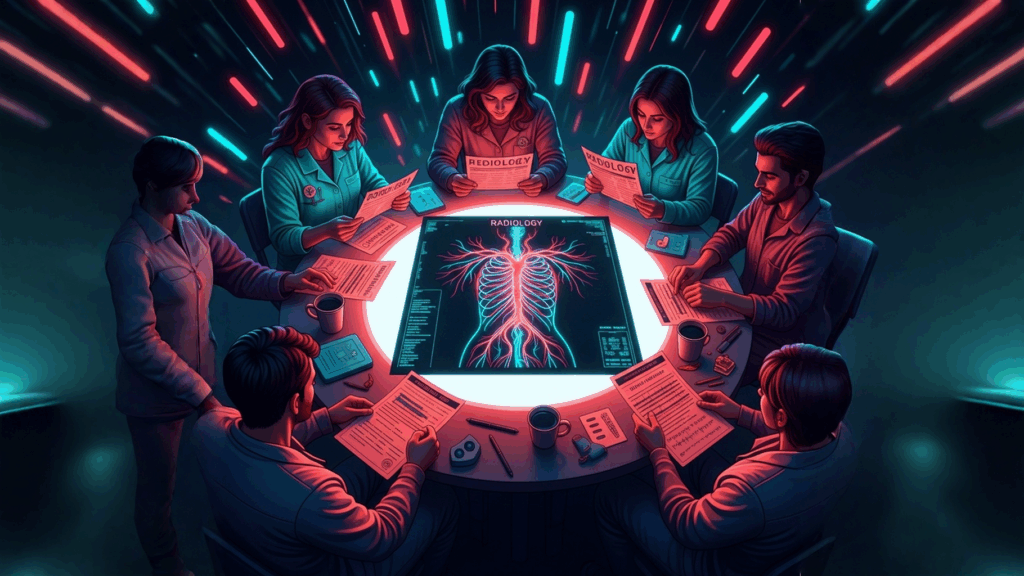EDITOR’S NOTE: On the occasion of Valentine’s Day, ICD10monitor is publishing an interview conducted recently by Publisher Chuck Buck with nationally prominent psychiatrist H. Steven Moffic, MD – whose only request was that the interview be dedicated to his wife Rusti. Excerpts from the interview follow.
Buck: Let’s talk about love!
Moffic: When Valentine’s Day comes every year, as it does today, so does the mythical image of Cupid shooting an arrow of love toward somebody. When it hits its mark, love emerges. This is what we call romantic love, which differs in some ways from familial love, self-love, or the love of one’s work.
We are all happy when we fall in love, but then what happens? Although some of the answers can be found in that most common type of popular song – love songs – some questions arise that psychiatry in particular tries to answer.
Buck: Is There a DSM 5 code for happiness?
Moffic: No, there is not, for psychiatric diagnostic classifications have always only focused on the problems, the disorders for which we try to help. But should Cupid not also aim at the other side of this target, the better-than-normal states, a classification of positive psychiatry, if you will? These are our ideal states, or, as President Lincoln once said, the better angels of ourselves.
To greatly simplify, these states might be the opposite of what we now have in DSM 5. The opposite of depressive disorder might be happiness. The opposite of anxiety disorders might be states of calmness. The opposite of schizophrenia might be creativity. The opposite of sociopathy might be caring states of mind. And so on.
Buck: You wrote about Debbie Reynolds’ dying of a broken heart. Is there an ICD-10 code for that?
Moffic: There actually may even be at least two ICD codes! One is for what happens physically, a cardiac critical incident. Mentally, we can assume a diagnosis of a Z code related to grief, Z 63.4, standing for “other problems related to primary support group, including family circumstances.” Circling back to the stages of grief, here we never reach the last stage of “acceptance”, that is, unless one interprets the coincident death as accepting that one can’t live well enough without the loved one.
Buck: Are there stages of love as there are stages of grief?
Moffic: Although that question has not been researched adequately, what seems to happen before and after cupid shoots that arrow toward love?
When there is a bullseye, one falls in love at first sight, as I did with my wife of 48 years over 50 years ago. Generally speaking, this sudden spark of love is often an attraction to the opposite: someone who you sense complements and completes what you are missing in yourself. For instance, an introvert can fall in love with an extrovert, or someone who is cautious with a risk taker. Then the challenge is how to turn that passionate love and lust into lifelong love and caring, for that kind of initial passion can not continue in that intensity forever.
The other kind of falling is love is when Cupid has to keep shooting for some time until the bullseye is hit. This is the slowly developing love, on which the traditional practice of matchmaking is based in part. Nowadays, matchmaking has largely been replaced by Internet dating. Usually, here one is often guided toward someone who is more like themselves, someone with similar interests.
As anyone who has been in love knows, what happens long-term after falling in love quickly or slowly is hard to anticipate. This is the mystery of love, rather than the predictability of grief.
All that might be said is that the challenge of those who fall in love at first sight is to be able to adapt to – and grow with – someone who has a different sort of personality. Conflict is inevitable here. With the slower falling in love with someone who is more like you, one challenge is not to become bored and complacent. These are the kind of marriages that sometimes continue more for the children and economics than for each other.
Whether the love is at first sight, later, or both, to continue successfully requires hard work and the intelligence to overcome the obstacles. In other words:
Passion needs to turn into compassion and compassion needs to turn into passion, so that passion and compassion become one in the couple!
Buck: Do the feelings of love have an impact on one’s physical and mental health?
Moffic: Yes, it does, as Cupid’s arrow ripples through our whole being, body, mind, and spirit. Having people you love who are alive and part of your life seems to support your immune system, and thereby, your physical health. For mental health, love is crucial for recovery and to reduce the stigma of mental disorders. For spiritual love, there is a mutual sense of being connected and confirmed to who you both are.
With long love, you tend to live longer. Conversely, it’s so common to die soon after a longstanding loved one dies.
Buck: And conversely, do the feelings of hate have an impact on physical and mental health?
Moffic: Yes, indeed, and hate can destroy quicker than love creates, sort of like it is easier to destroy what is already built than to build good things up in the first place. Hate adversely affects self-esteem and is often traumatizing to those to whom it is directed. It can compromise the immune system, as well as eventually lead to depressive and anxiety disorders, including post-traumatic stress disorder. It’s as if Cupid got angry at the failure of love and shot a poisonous arrow that then hit the mark.
In the meanwhile, let’s hope to experience many more days of happy and loving Valentine’s Days.























